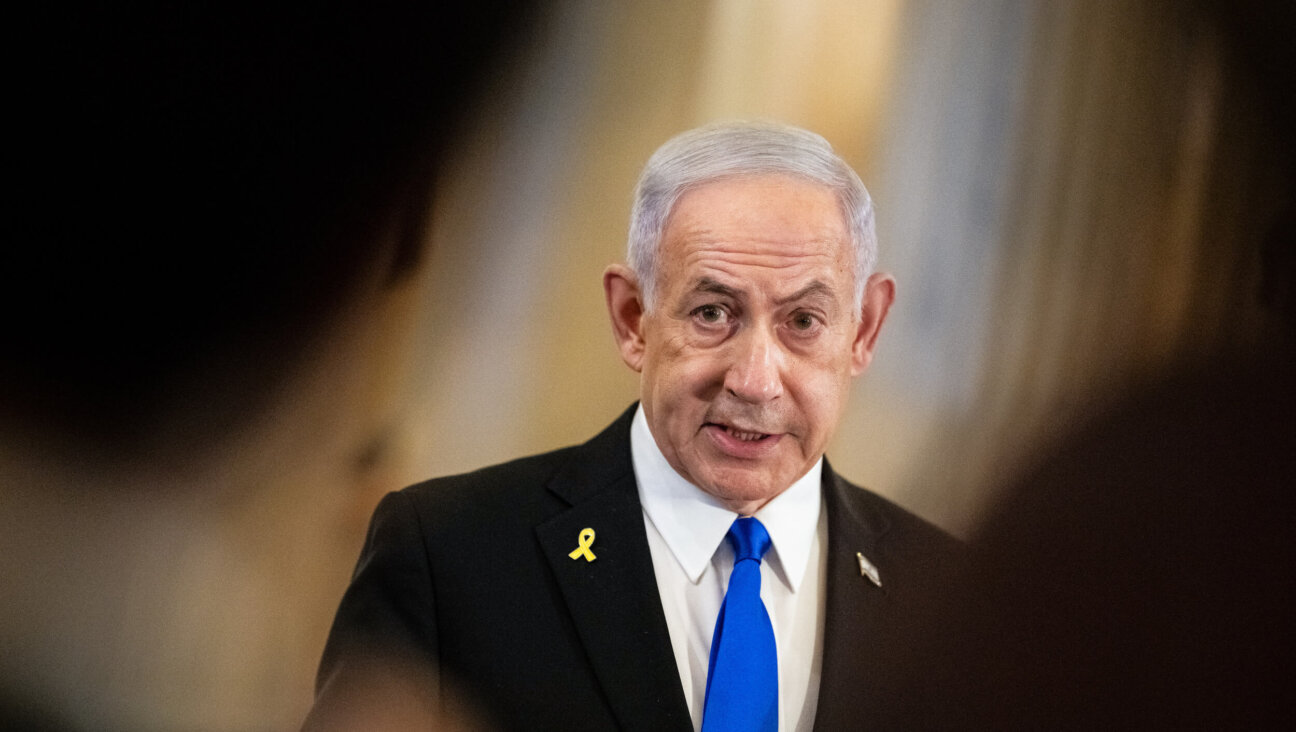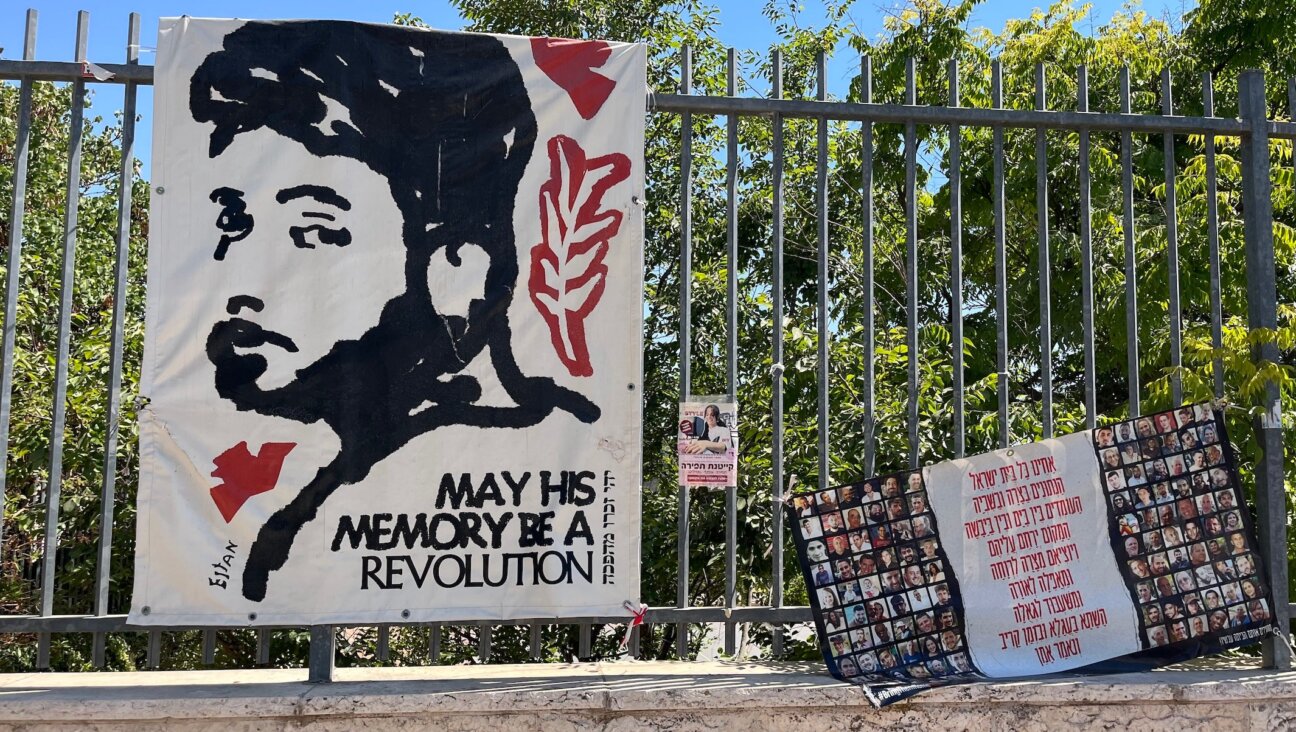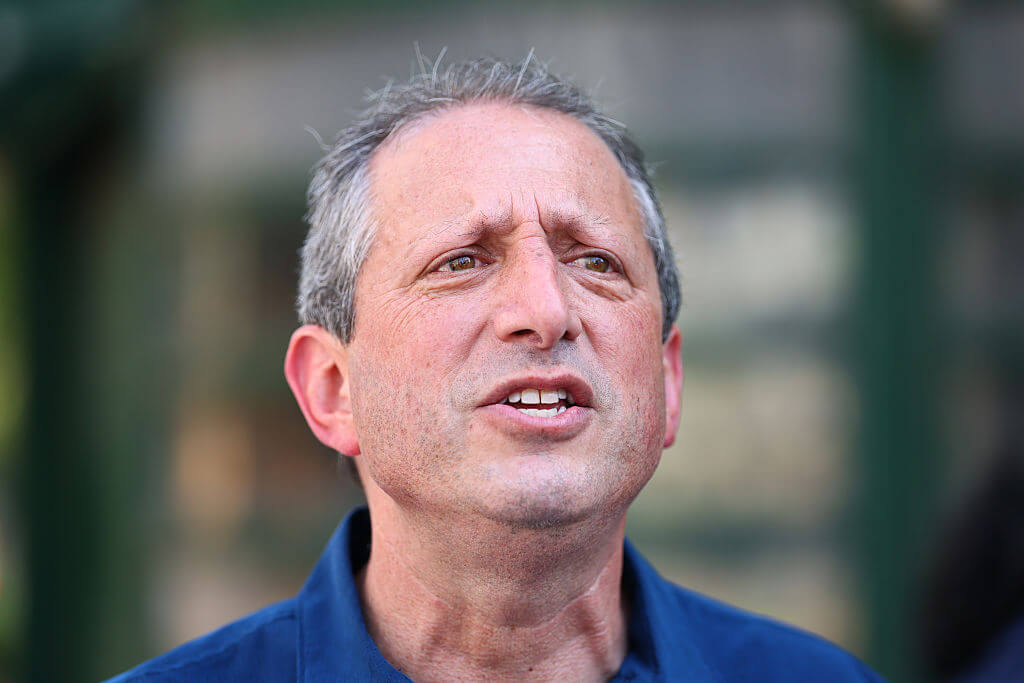Reimagining the Museum at Auschwitz

Image by GETTY IMAGES
The number of visitors to Auschwitz is growing by the year, even as the memory of the events that transpired there grows increasingly distant. These are among the reasons that the Auschwitz-Birkenau State Museum has decided to revamp its exhibitions for the 21st century.
The museum’s decision is a wise one. The tools available to contemporary museums are dramatically different from those that were available when the current exhibitions at Auschwitz first took form in the 1960s. We should take this opportunity to consider how we can most effectively convey the lessons of this place of unspeakable horror to future generations.
Moreover, we have a chance to rectify some fundamental shortcomings in the museum’s exhibitions and the ways in which visitors experience the site. That, however, means thinking even more ambitiously than the museum is currently contemplating.
For starters, there is the flawed manner in which the museum currently relates to the variegated nature of the site. While many think of Auschwitz as a single camp, it is actually three distinct sites: There is Auschwitz I, with its iconic brick barracks buildings. During the war, Auschwitz I was a penal camp, largely populated by non-Jewish Polish prisoners. Then there is nearby Auschwitz II, or Birkenau, the Nazi death camp where more than a million people — 90% of them Jews — were murdered. Birkenau was the killing center, the extermination site complete with gas chambers and crematoria. Finally there is a group of other sub-camps known as Auschwitz III, also called Buna-Monowitz.
Auschwitz I, by far the most-visited portion of the site, is where the bulk of the museum’s exhibitions are housed. Many of the most powerful elements of the exhibition at Auschwitz I actually come from Birkenau. These artifacts include enormous collections of hair, suitcases, eyeglasses, Jewish ritual objects and prostheses — taken largely from those who were murdered in Birkenau’s gas chambers.
Birkenau was where the possessions that Jews brought with them into the camp were gathered and sorted. It was the site of the “Sauna,” the spot where prisoners were tattooed and sheared. Because of the placement of the artifacts, too many visitors are currently left with the mistaken impression that these things took place not at Birkenau but at Auschwitz I. Guides dutifully tell them otherwise, but visitors are informed not so much by what they hear as by what they see.
Meanwhile, the exhibition at Birkenau, where these events actually happened, is left with static text displays but few actual artifacts except for the remnants of the barracks that were there and the ruins of the destroyed crematoria. The Sauna has been reconstructed brilliantly, but it is bereft of artifacts, aside from pictures that the victims brought with them on the trains.
One should explore the possibility of returning many of the artifacts now at Auschwitz I to Birkenau, where their impact would be immediate and powerful.
In addition, more must be done to encourage people to visit not only Auschwitz I but also Birkenau. In an ideal world, the main visitor facilities at Auschwitz I would be relocated to a point between Auschwitz I and Birkenau, making a visit to both sites equally accessible. Barring such a dramatic change of infrastructure, everything else should be done to increase the number of visitors to Birkenau, including building a separate visitors’ center that would allow arriving visitors to go there directly.
Last but not least, one crucial element missing in the current exhibition that must be included in the next iteration of the museum’s exhibition is the voices of the eyewitnesses. Survivor testimony forms an essential part of the great museum exhibitions on the Holocaust around the world. It should be integrated into the visitor experience at Auschwitz.
There are an estimated 80,000 video histories relating to the Holocaust, many dealing with the experience of Auschwitz. It would be possible to present, in multiple languages, survivors’ testimonies that describe firsthand each dimension of their experience — from deportation from the ghetto to liberation. Furthermore, the museum’s archive should eventually contain all the existing testimonies relating to Auschwitz, along with the technology necessary for their retrieval.
These changes are essential to bring the exhibition into the 21st century. They are within the capacity of the museum and would powerfully advance the cause of remembrance among future generations.
Michael Berenbaum is director of the Sigi Ziering Institute at the American Jewish University and was project director for the creation of the United States Holocaust Memorial Museum. He is co-editor of “Anatomy of the Auschwitz Death Camp” (Indiana University Press, 1994).






















